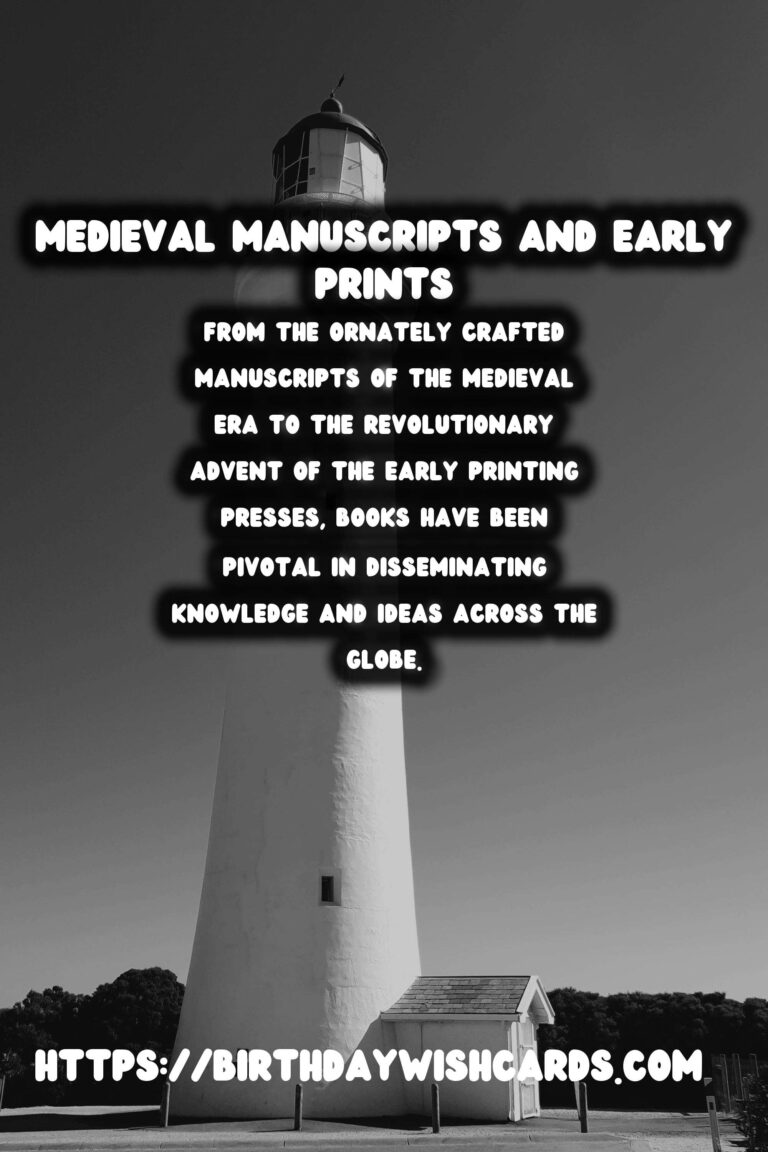
The history of books is a fascinating journey that charts the evolution of human thought, culture, and technology. From the ornately crafted manuscripts of the Medieval era to the revolutionary advent of the early printing presses, books have been pivotal in disseminating knowledge and ideas across the globe.
The Origins of Manuscripts
Long before the invention of the printing press, manuscripts were the primary medium for recording information. Handwritten with painstaking precision, these manuscripts were often crafted by scribes in monasteries who dedicated their lives to copying texts and illuminating pages with intricate designs.
Medieval manuscripts were typically written on parchment or vellum made from animal skins, which were labor-intensive to produce. As a result, books were precious items, often reserved for the wealthy or for institutions like the church. The illumination of manuscripts, featuring gold leaf and vivid colors, turned these books into true works of art.
Scriptoria and Monastic Influences
Scriptoria, the writing rooms in monasteries, were crucial centers for manuscript production. Monks played a key role in preserving ancient texts and producing new works during a time when literacy was restricted to the educated elite.
The monastic scriptoria were not only places of labor but also of learning and reflection. Through their meticulous work, the monks ensured the survival of literary, theological, and scientific writings during the Middle Ages, which might otherwise have been lost.
The Dawn of the Printing Press
The invention of the printing press by Johannes Gutenberg in the mid-15th century marked a revolutionary change in the history of books. This innovation allowed for mass production of books, making literature and education more accessible to broader segments of society.
Gutenberg’s most famous work, the 42-line Bible, demonstrated the possibilities of movable type. The printing press opened doors to the rapid spread of ideas, fueling movements like the Renaissance and the Reformation.
Impact on Society
The transition from manuscript to print had profound implications for society. The availability of printed books contributed to increased literacy rates, as educational materials became more readily available. It also spurred the growth of libraries and universities, which furthered the democratization of knowledge.
The changes in book production techniques also led to cultural shifts. With the increased circulation of varied texts, people now had access to diverse perspectives, which fostered critical thinking and discussion, eventually influencing social and political realms.
Preservation and Collection
Today, Medieval manuscripts and early printed books are invaluable cultural artifacts, preserved in libraries and museums around the world. These collections provide insight into the social, religious, and cultural contexts of their times, inspiring new generations of scholars to explore the deep and rich history of the written word.
The collecting and conservation of these works require specialized knowledge and techniques to ensure their preservation for future study and appreciation.
Conclusion
From the laborious creation of manuscripts to the ease of mass printing, the history of books reflects the development of human civilization. It underscores the importance of literacy and education as fundamental components of societal progress.
As we continue to celebrate World Book Day and other literacy events, it’s essential to appreciate the journey of books and their role in shaping our world.
The history of books is a fascinating journey that charts the evolution of human thought, culture, and technology. From the ornately crafted manuscripts of the Medieval era to the revolutionary advent of the early printing presses, books have been pivotal in disseminating knowledge and ideas across the globe. 
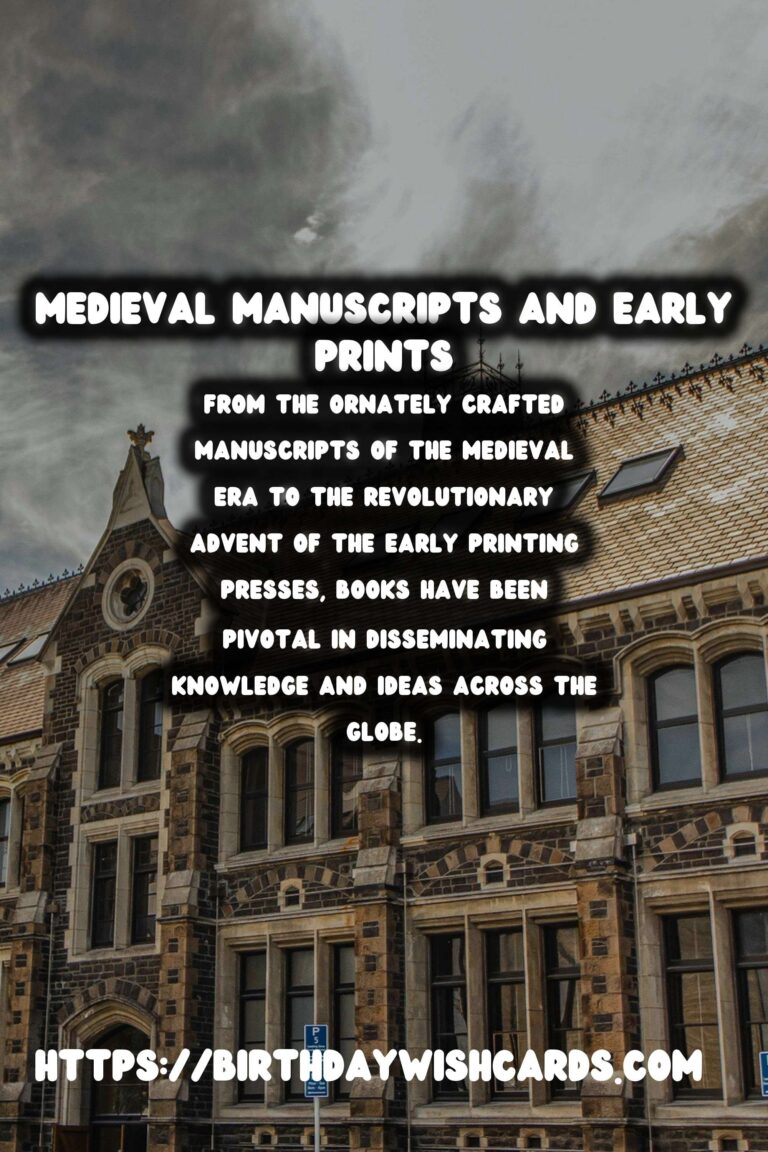
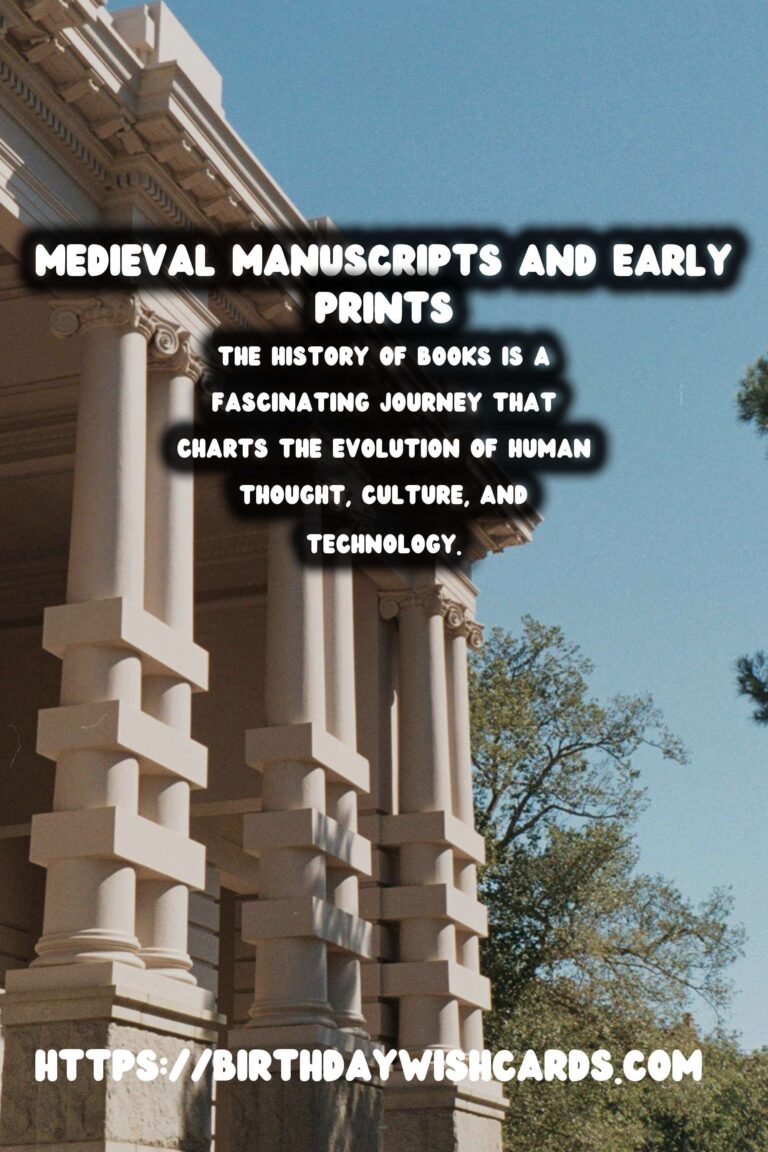
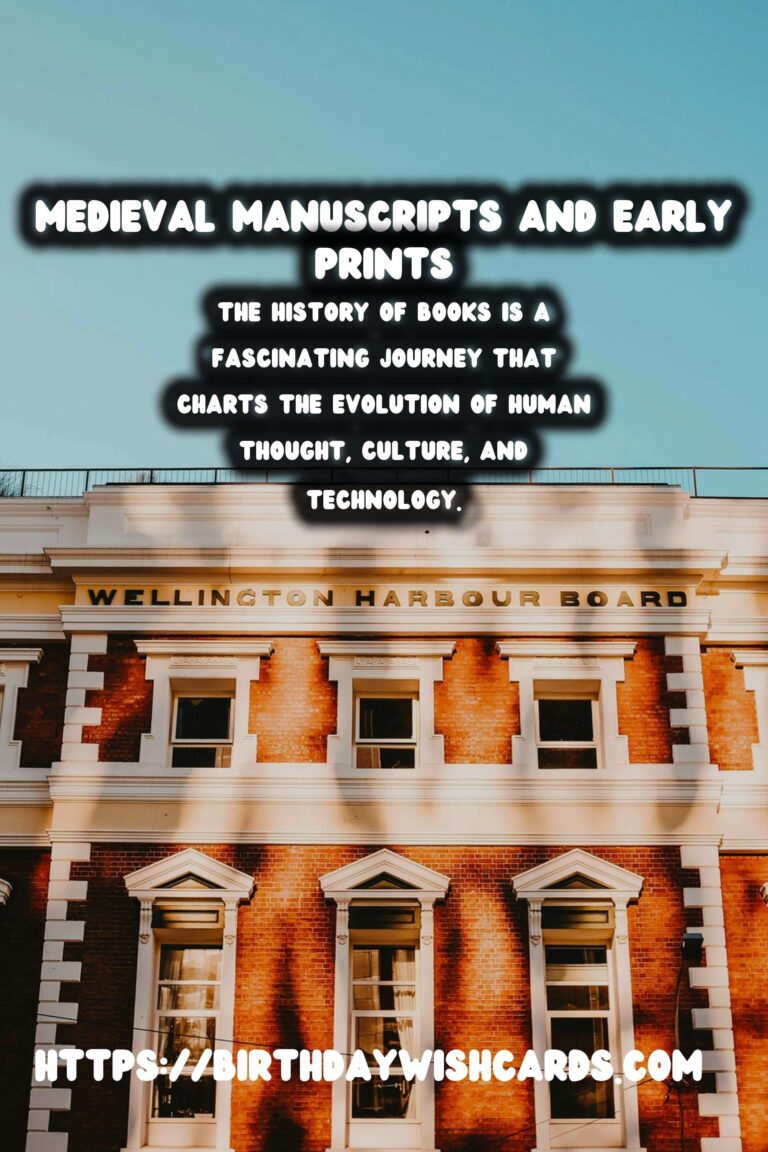
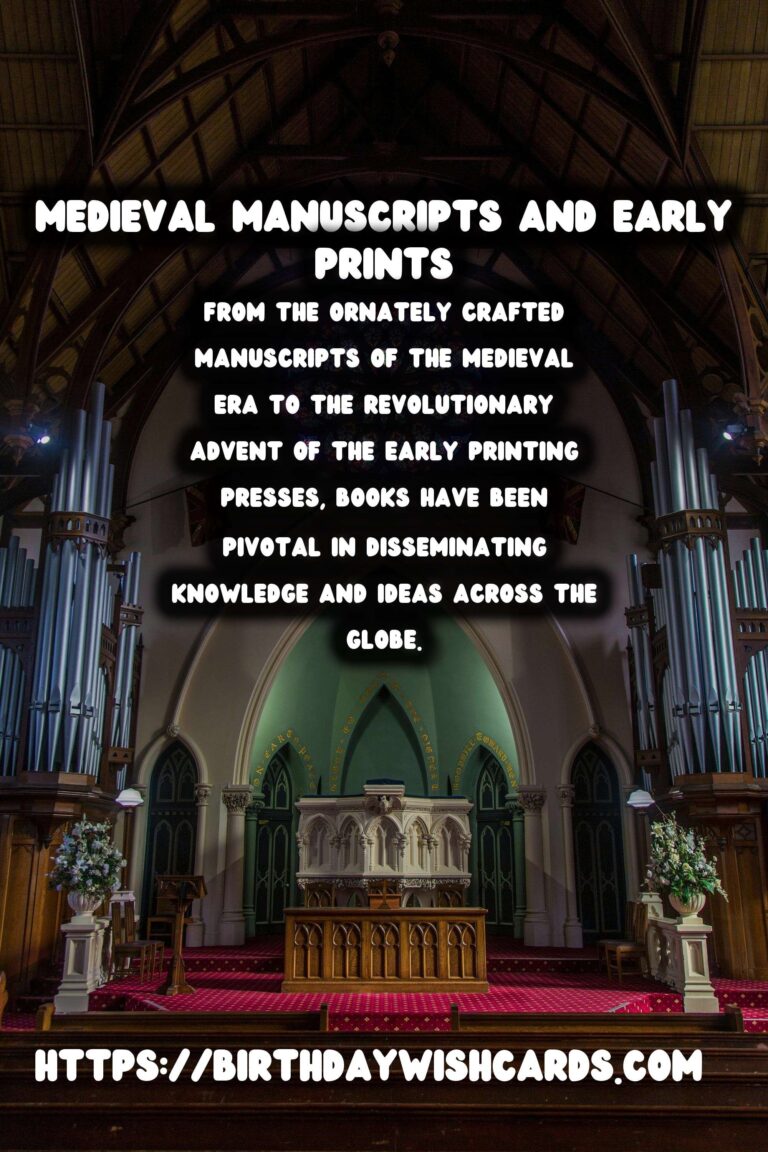
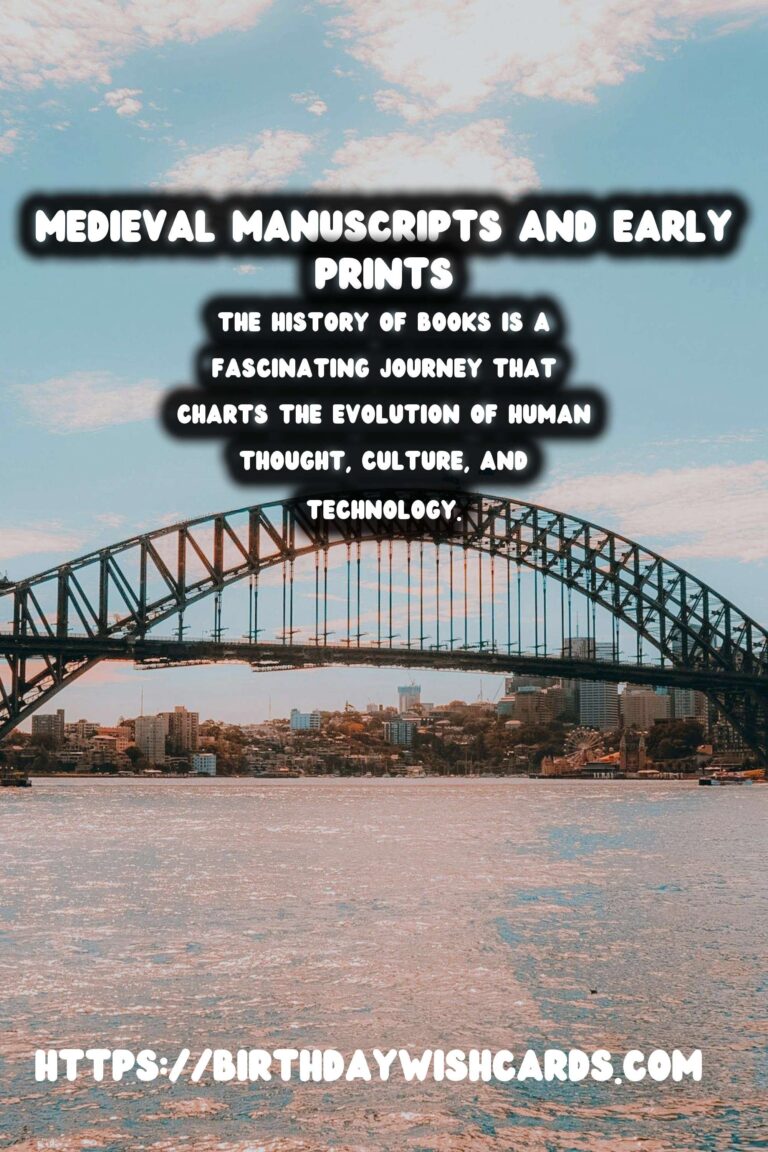
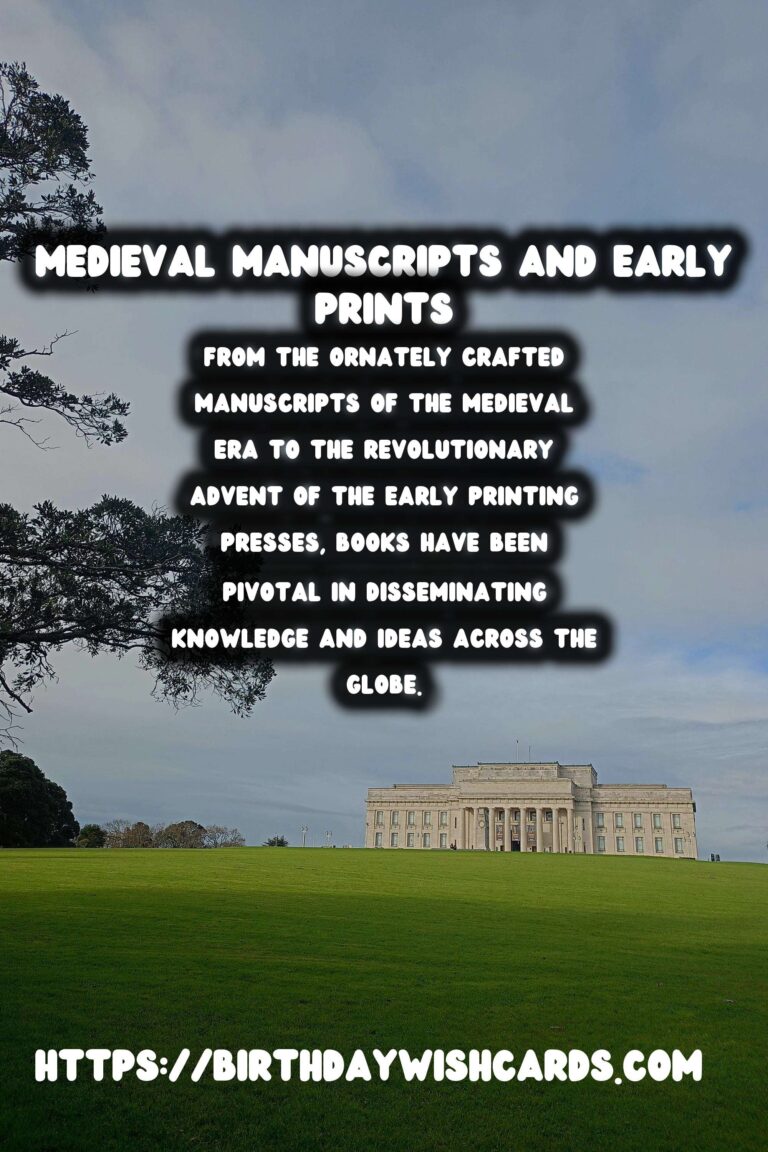
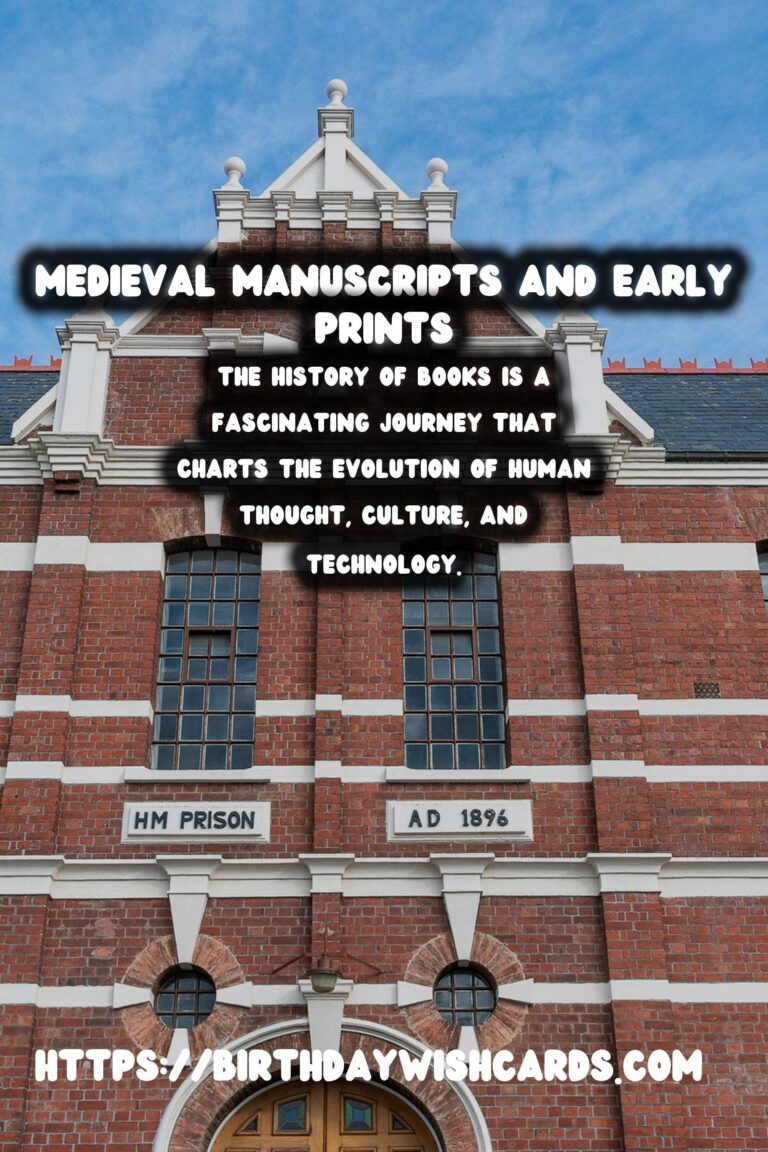
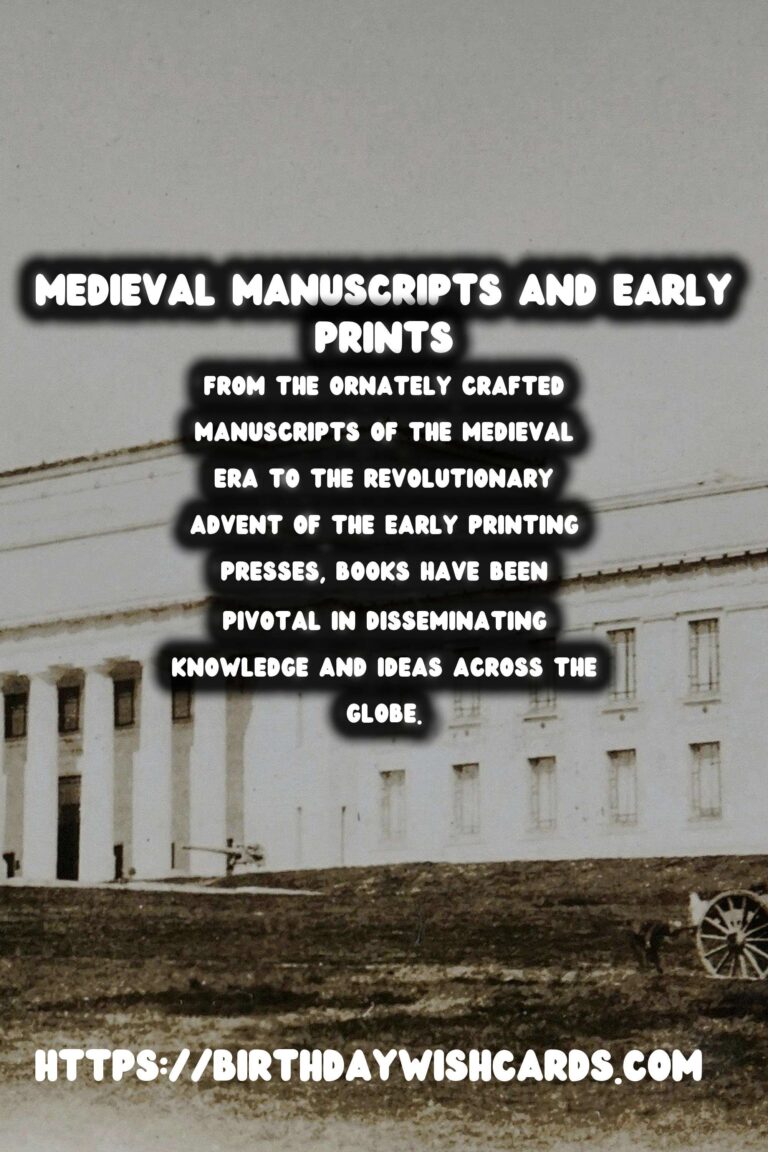
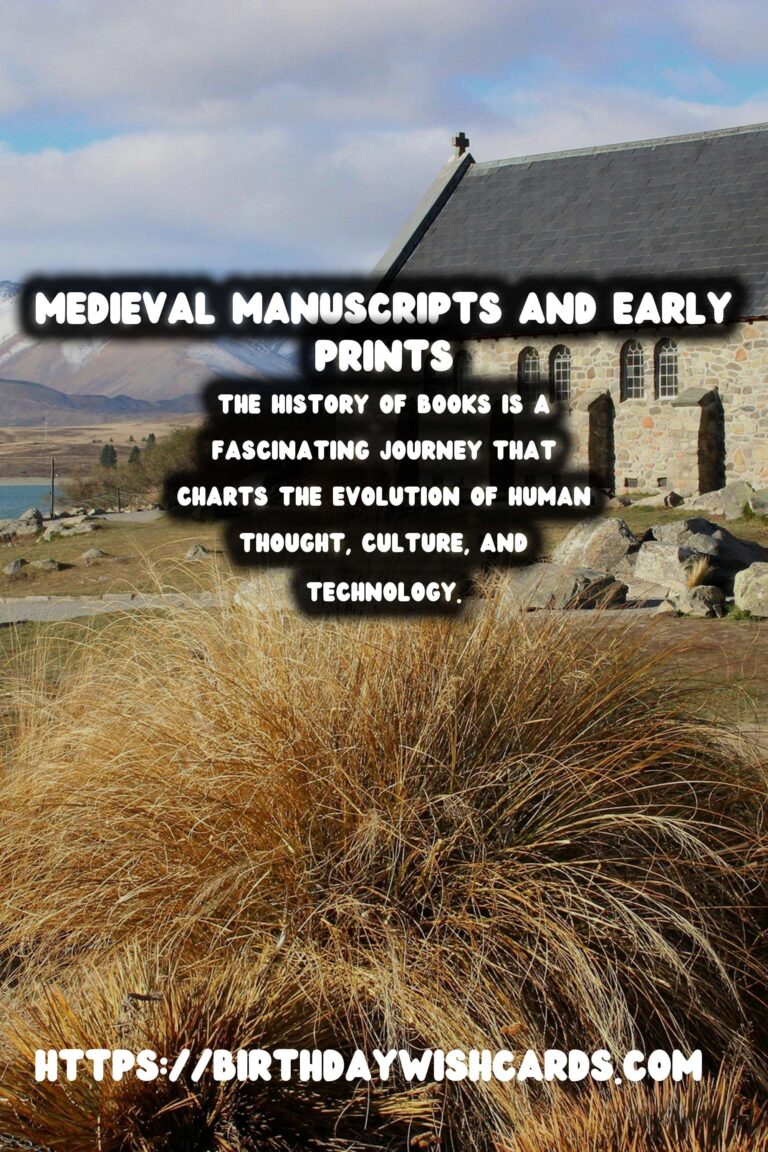
#MedievalBooks #PrintingPress




